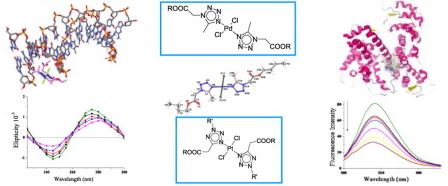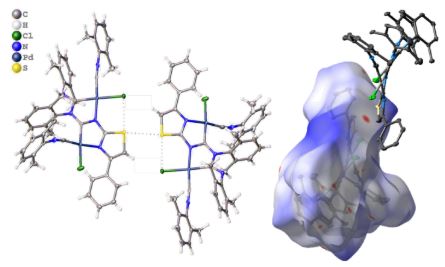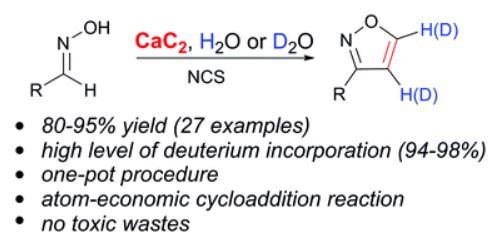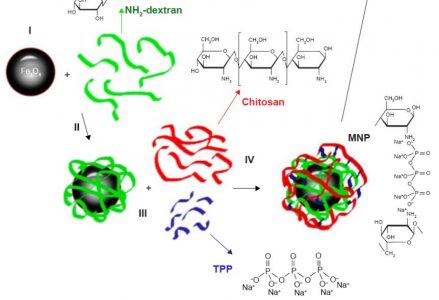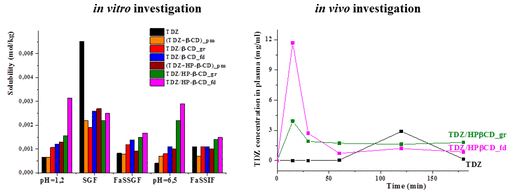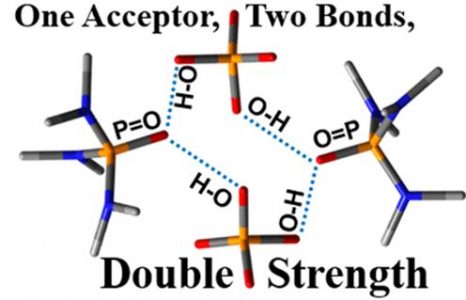Prokhorov A.A., Chernush L.F., Melnik T.N., Minikayev R., Mazur A., Babin V., Nikl M., Lančok J., Prokhorov A.D.
«Optical and magnetic properties of the ground state of Cr3+ doping ions in REM3(BO3)4 single crystals»
Scientific Reports, 2019, 9(1), 12787
DOI: 10.1038/s41598-019-49248-0
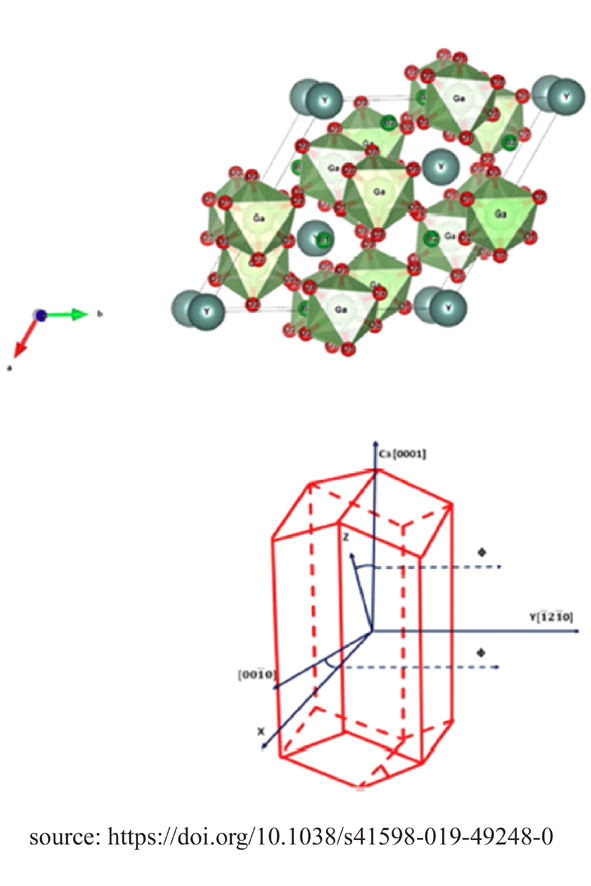
Abstract
New data about the state of Cr3+ doping ions in a single crystal of YGa3(BO3)4 have been obtained by studying different methods. Using electron paramagnetic resonance, it was found that the Cr3+ ions substitute the trivalent gallium ions. The obtained spin Hamiltonian parameters of the Cr3+ ions in the YGa3(BO3)4 single crystal (g = 1.9743 ± 0.0004; D = −0.465 ± 0.001 cm−1; E = −0.013 ± 0.001 cm−1) were analyzed and compared with those in TmAl3(BO3)4, EuAl3(BO3)4, and YAl3(BO3)4. The deviation of the Z-axis in the spectrum from the crystallographic axis С3 is 1,7 degrees in YGa3(BO3)4. In situ X-ray diffraction was used to study the structural and elastic properties of huntite-type borates in the temperature range of RT-1073 K. In the radioluminescence (RL) spectra, the Cr3+-related emission bands were observed in the red wavelength range, and the presence of other defect-related bands was also registered in some cases. Thermally stimulated luminescence (TSL) glow curves were acquired over a wide temperature range, and the trap depths of the most prominent bands were calculated. The 11B NMR spectra show that two nonequivalent spectral components exist for BO3 structural elements.

